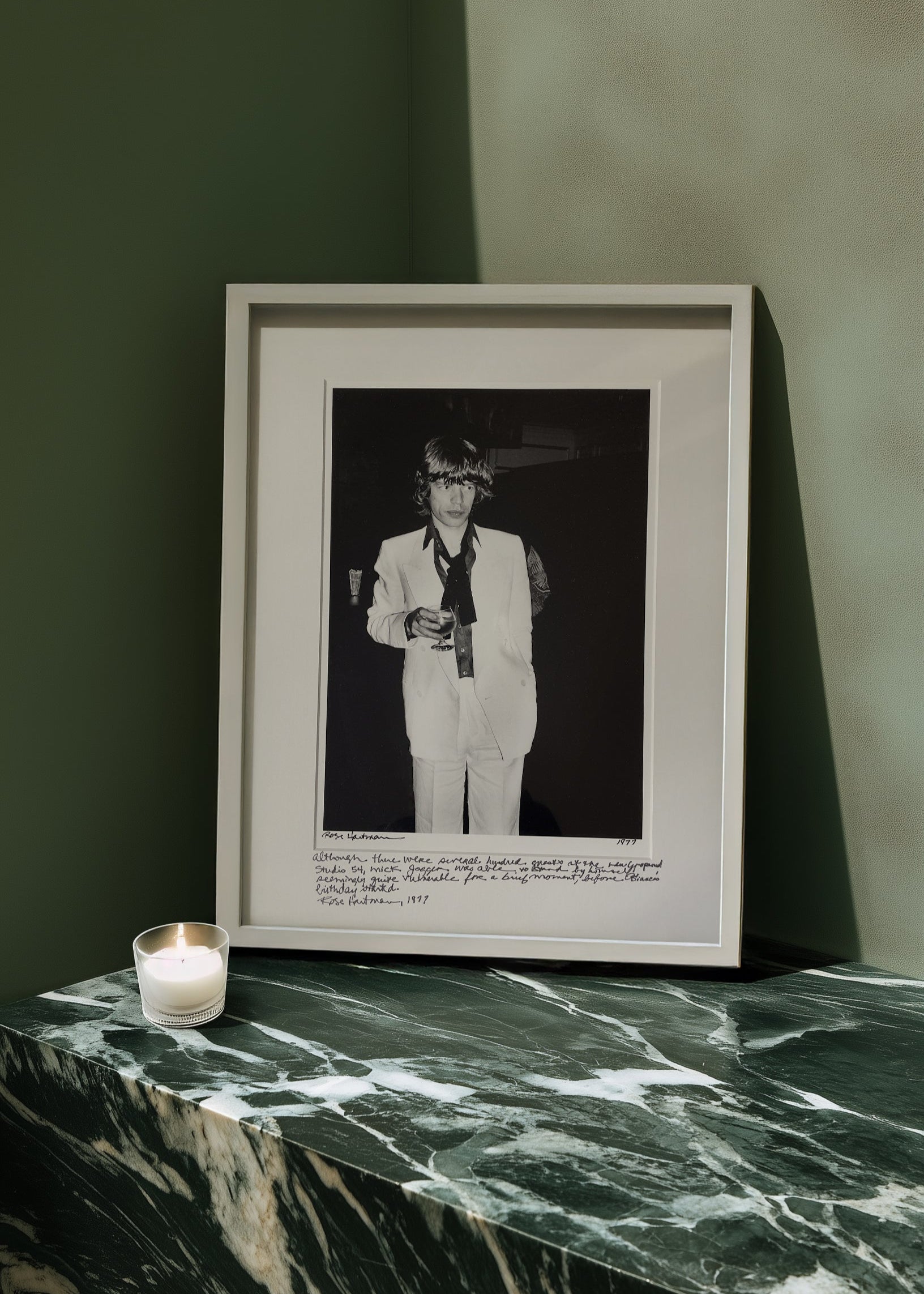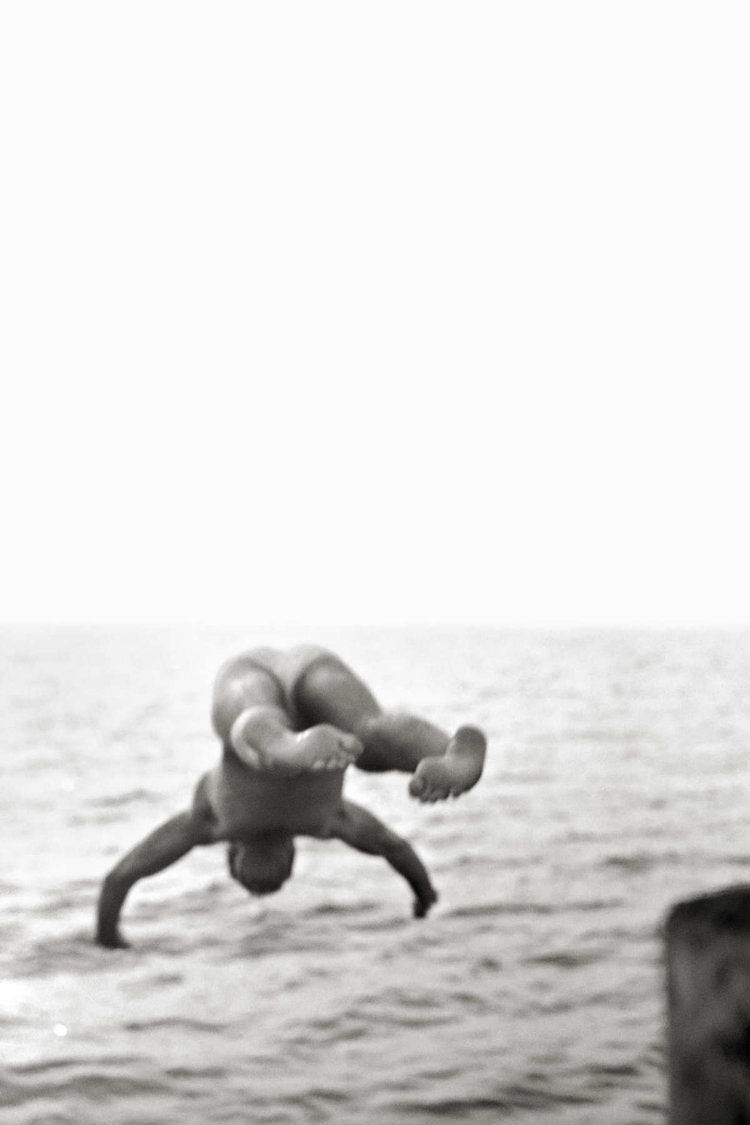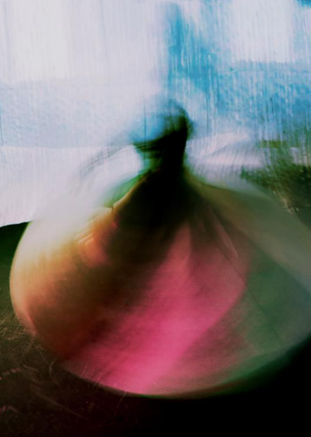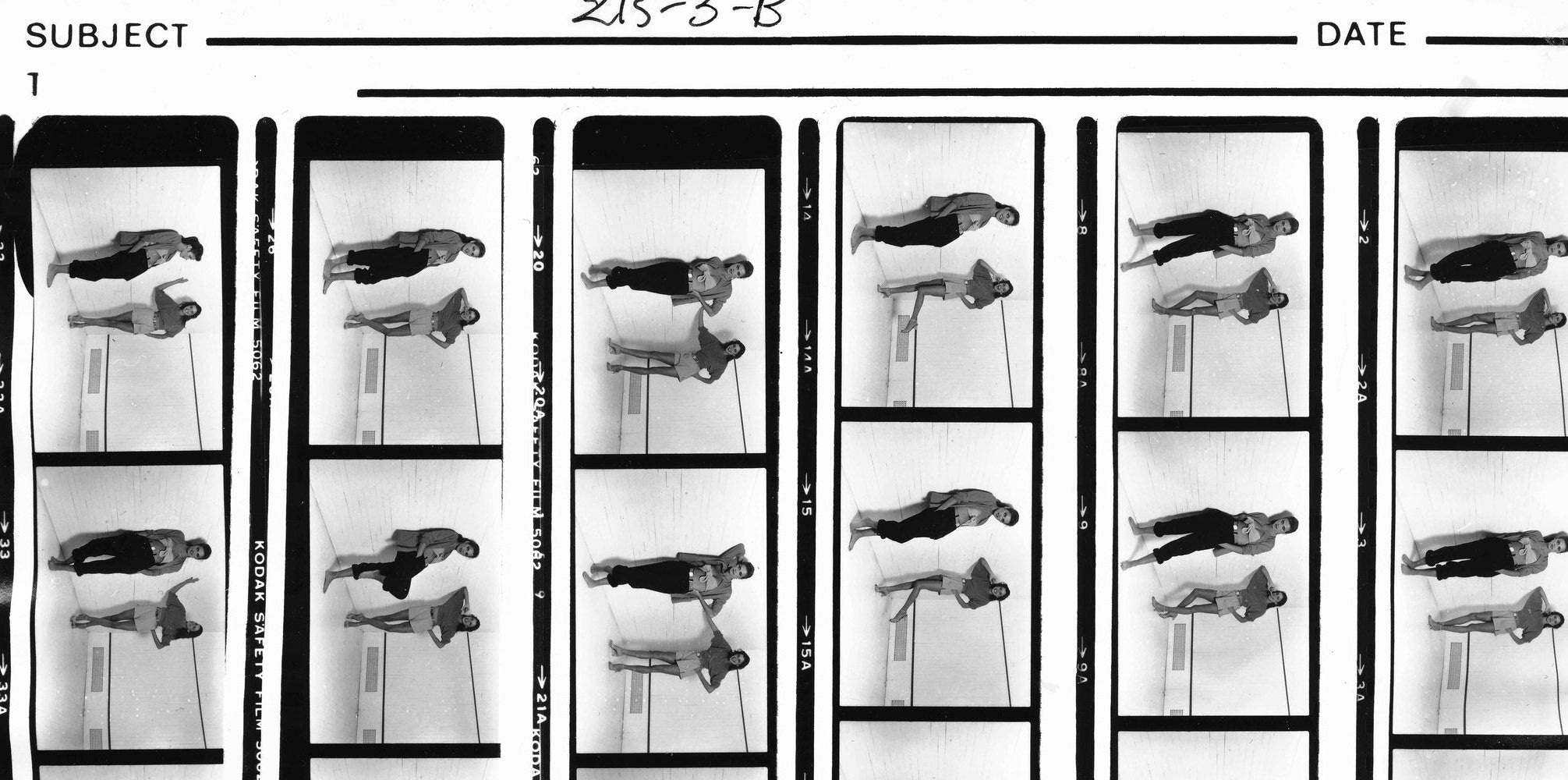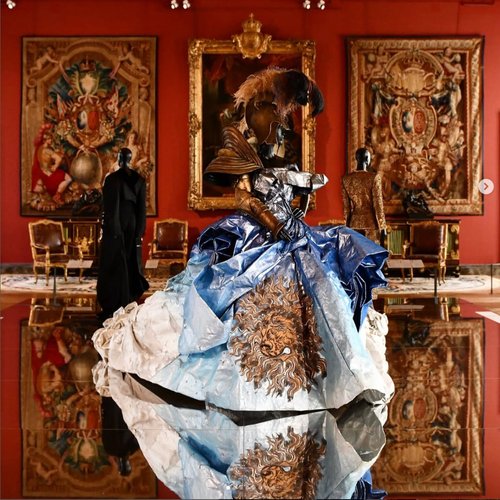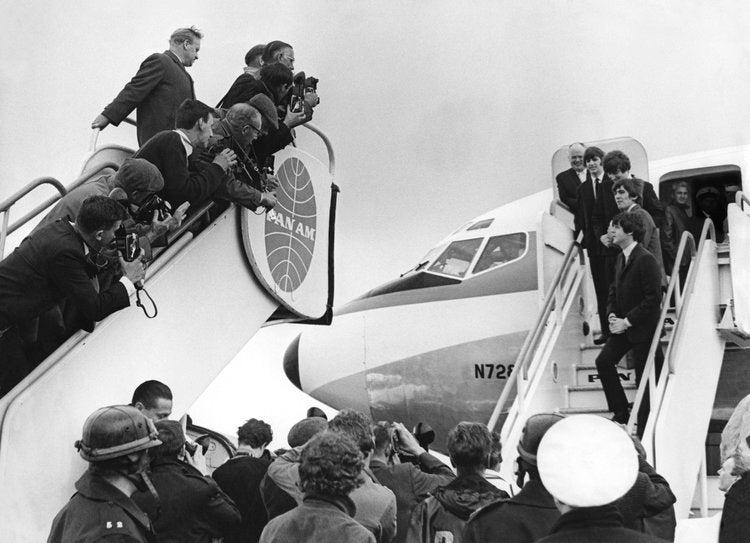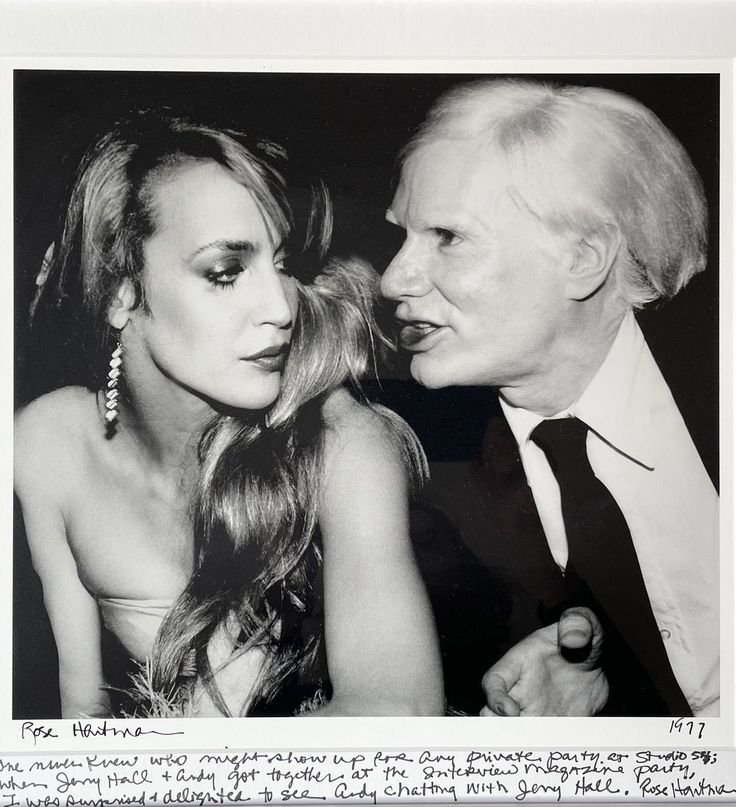The Cultural and Historical Value of Photography
Photography has always been more than an art form. It is a witness to history. Beyond their aesthetic appeal, certain photographs hold important historical and cultural value, offering a firsthand perspective on the moments that have shaped our collective memory. Like diaries, letters, or drawings, these images serve as visual testaments to the human experience, preserving truth and emotion across generations. As part of The Selects Gallery Collectors’ Guide, this article explores the historical importance and cultural relevance in photography collecting.
Photography as Historical Testimony
Photographs that document major social and political events have the power to define eras. Iconic examples include the 1863 image of the Scourged Back, which became one of the most widely circulated photographs of the American abolitionist movement. Its harrowing depiction of an enslaved man’s scars offered undeniable proof of the brutality of slavery, transforming public opinion during the Civil War.

Scourged Back ( April 1863), Attributed to McPherson & Oliver
Similarly, Dorothea Lange’s Migrant Mother (1936) remains one of the most enduring symbols of the Great Depression. The photograph, portraying Florence Owens Thompson with her children in a California pea-pickers’ camp, brought national awareness to the hardships of migrant families and helped inspire government relief efforts. These images endure not only for their composition but for their capacity to move societies and influence change.

Migrant Mother (1936), Dorothea Lange
Historical importance in photography also extends to technical innovation. Joseph Nicéphore Niépce is often credited as the inventor of photography, as his image View from the Window at Le Gras (1826) is considered the world’s first permanent camera photograph. To create this image, Niépce used a process called heliography, employing asphalt on a metal plate to permanently fix the image. Soon after, William Henry Fox Talbot pioneered the first photographic negatives and paper prints, laying the foundation for modern photography.

View from the Window at Le Gras (1826), Niépce
These early experiments embody the curiosity and ingenuity of the 19th century, forever altering how humanity records and remembers its world. Collectors often seek such works or those produced with early techniques, for their rarity, craftsmanship, and foundational place in the evolution of the medium.
Reflecting the Zeitgeist
Beyond documenting events, photography mirrors the spirit of its time. Every photograph—whether journalistic, artistic, or fashion-oriented—captures the culture, values, and aesthetics of a particular moment. In this sense, even images that don’t portray a specific historical event can hold profound cultural significance.
Fashion photography, for instance, often reflects shifts in identity, representation, and creative freedom. When Tyler Mitchell photographed Beyoncé for Vogue’s September 2018 issue, he became the first Black photographer to shoot an American Vogue cover—an achievement that resonated far beyond fashion, marking a milestone in visibility and progress within the industry.
Vogue’s September 2018 issue, Cover by Tyler Mitchell
Why collect historically significant photographs?
Collectors are increasingly drawn to photographs that hold historical weight for their subject, era, or technique. These works tend to appreciate in value as their cultural relevance deepens with time. A photograph can be prized for documenting a pivotal moment, portraying an influential figure, or encapsulating the visual language of a bygone era.
Works such as William Anders’ Earthrise (1968)—the first color photograph of Earth taken from space—illustrate how a single image can shift human perspective. Captured during the Apollo 8 mission, it transformed our understanding of the planet’s fragility and beauty, becoming one of the most reproduced and revered images in history.

Earthrise (1968), William Anders
To own a historically or culturally significant photograph is to safeguard a fragment of collective memory. Each piece tells a story that extends beyond its frame—about human resilience, innovation, and change. For those seeking to understand a work’s context or value, consulting a professional appraiser can provide insight into its provenance, materials, and importance.
By collecting original prints from defining moments and movements, we help preserve not only the legacy of the artist but also the enduring message of the photograph itself. These images remind us that photography, at its most powerful, is not only a reflection of art but of history itself.


